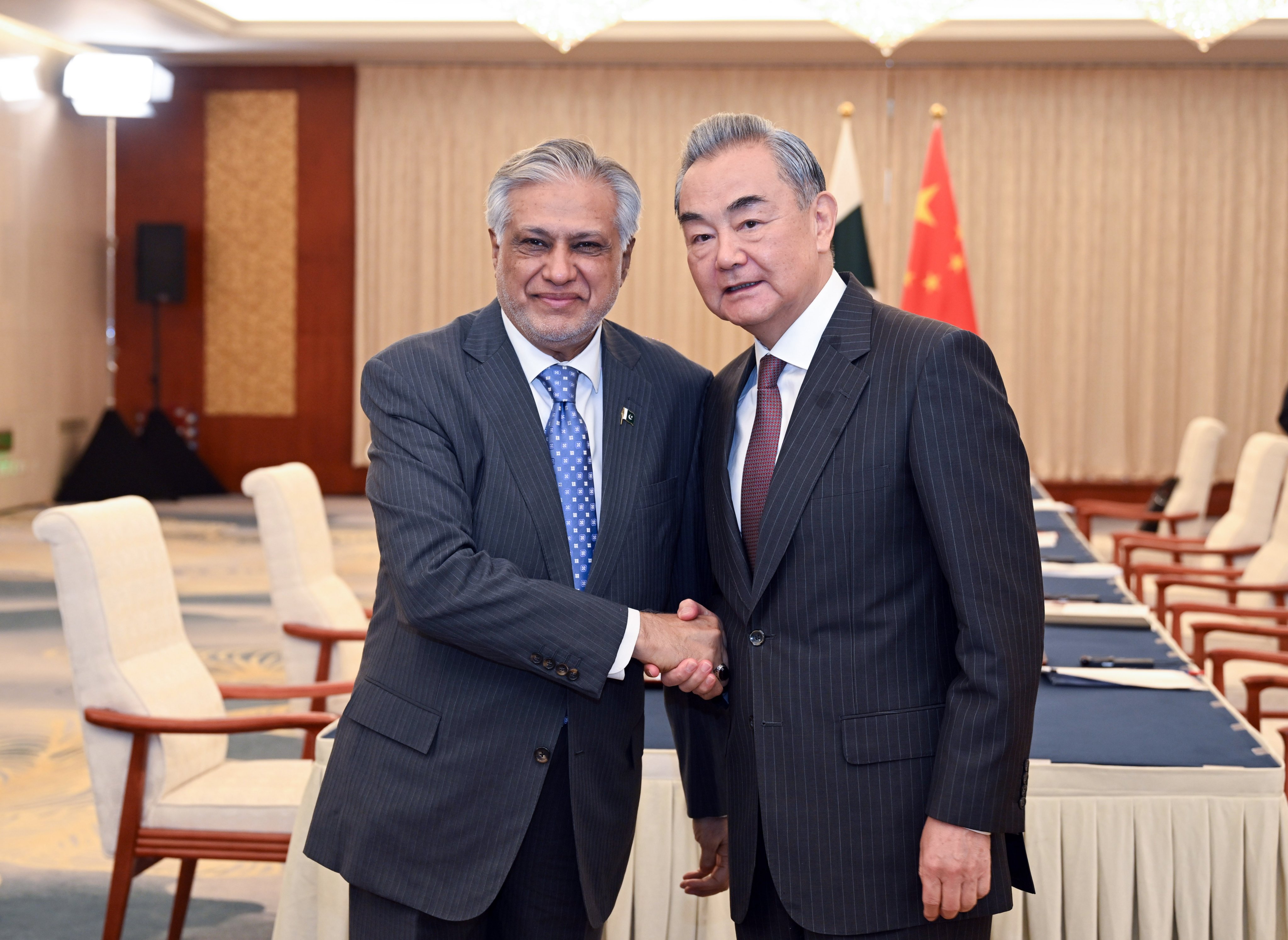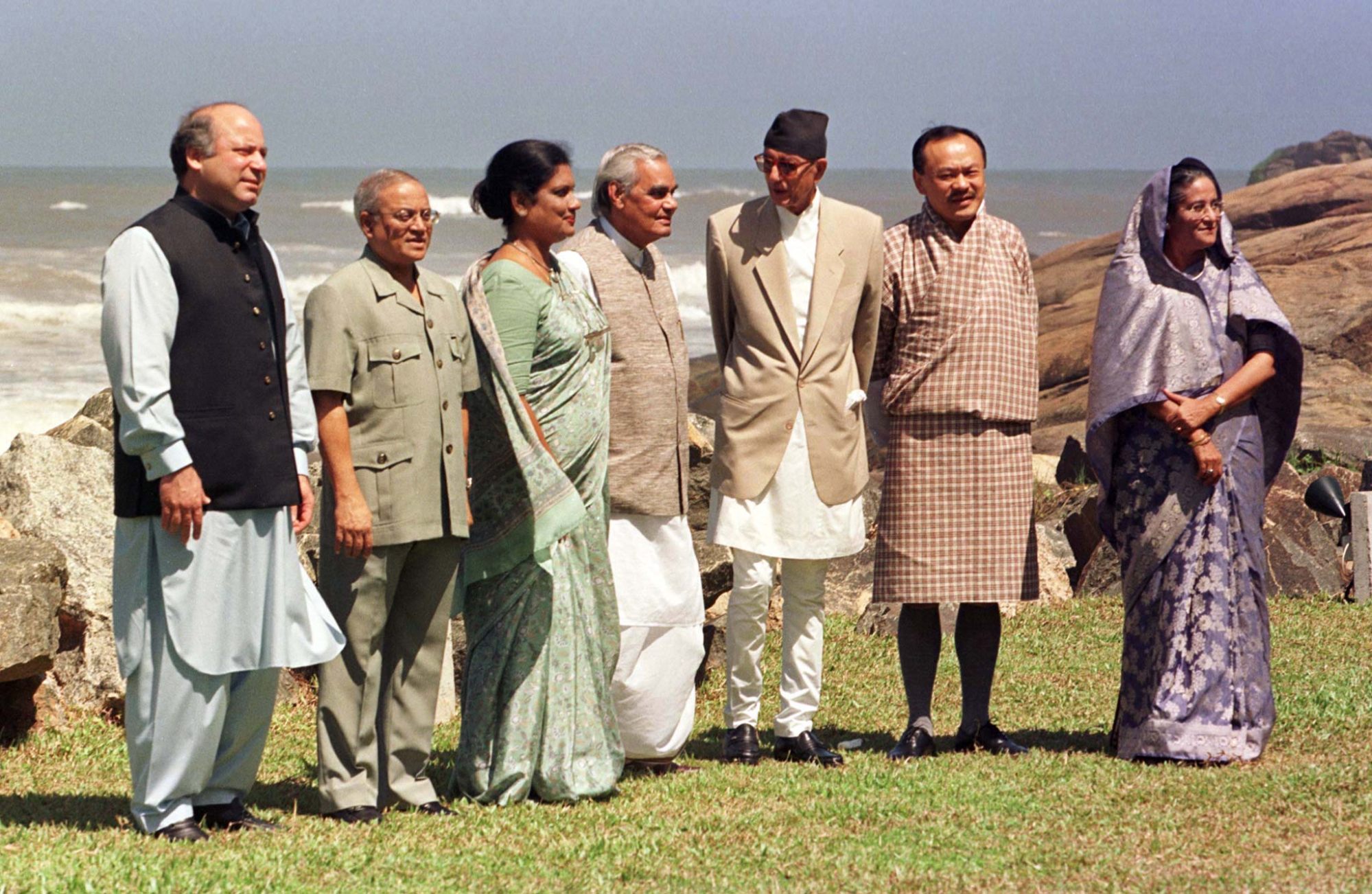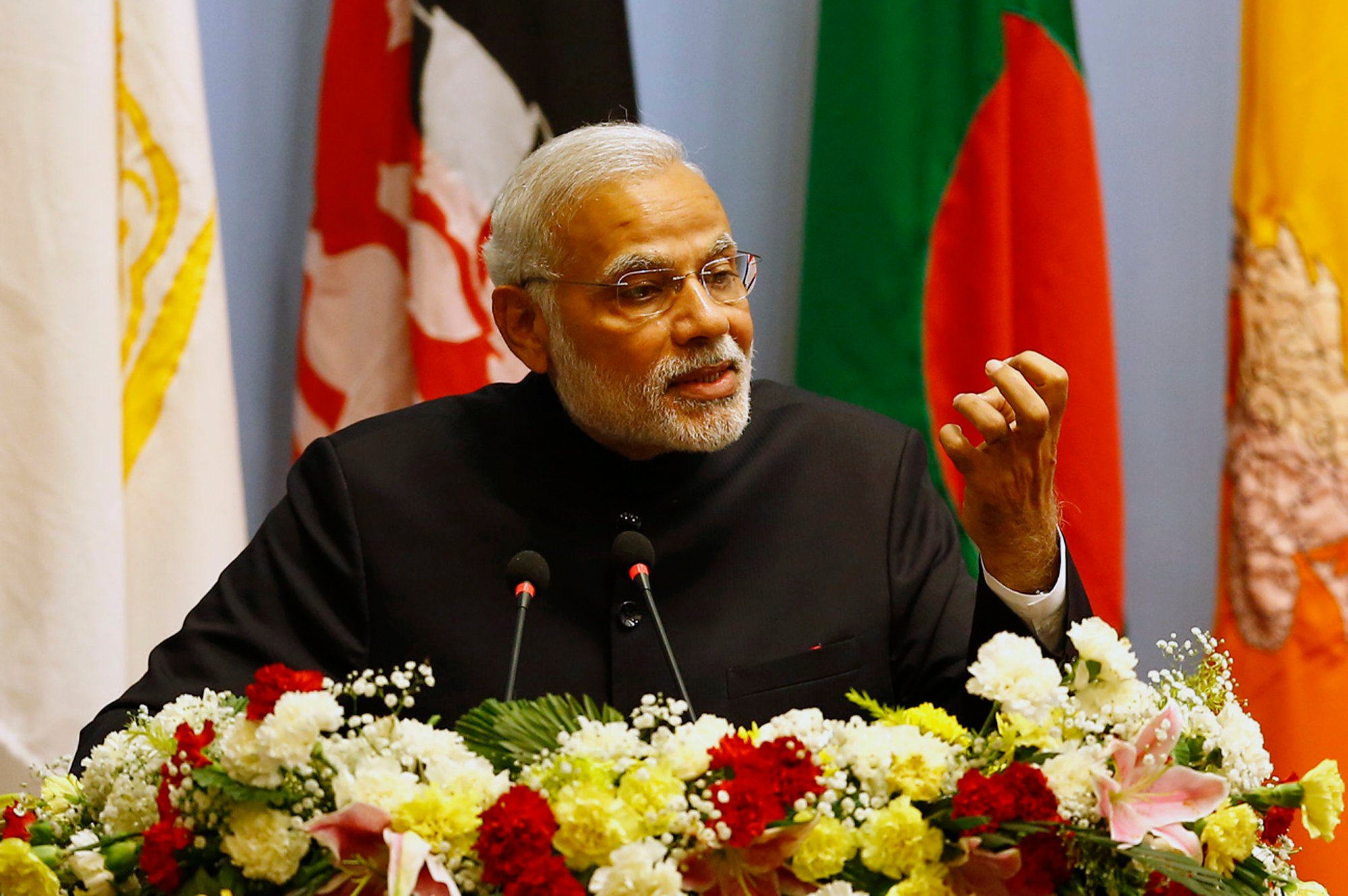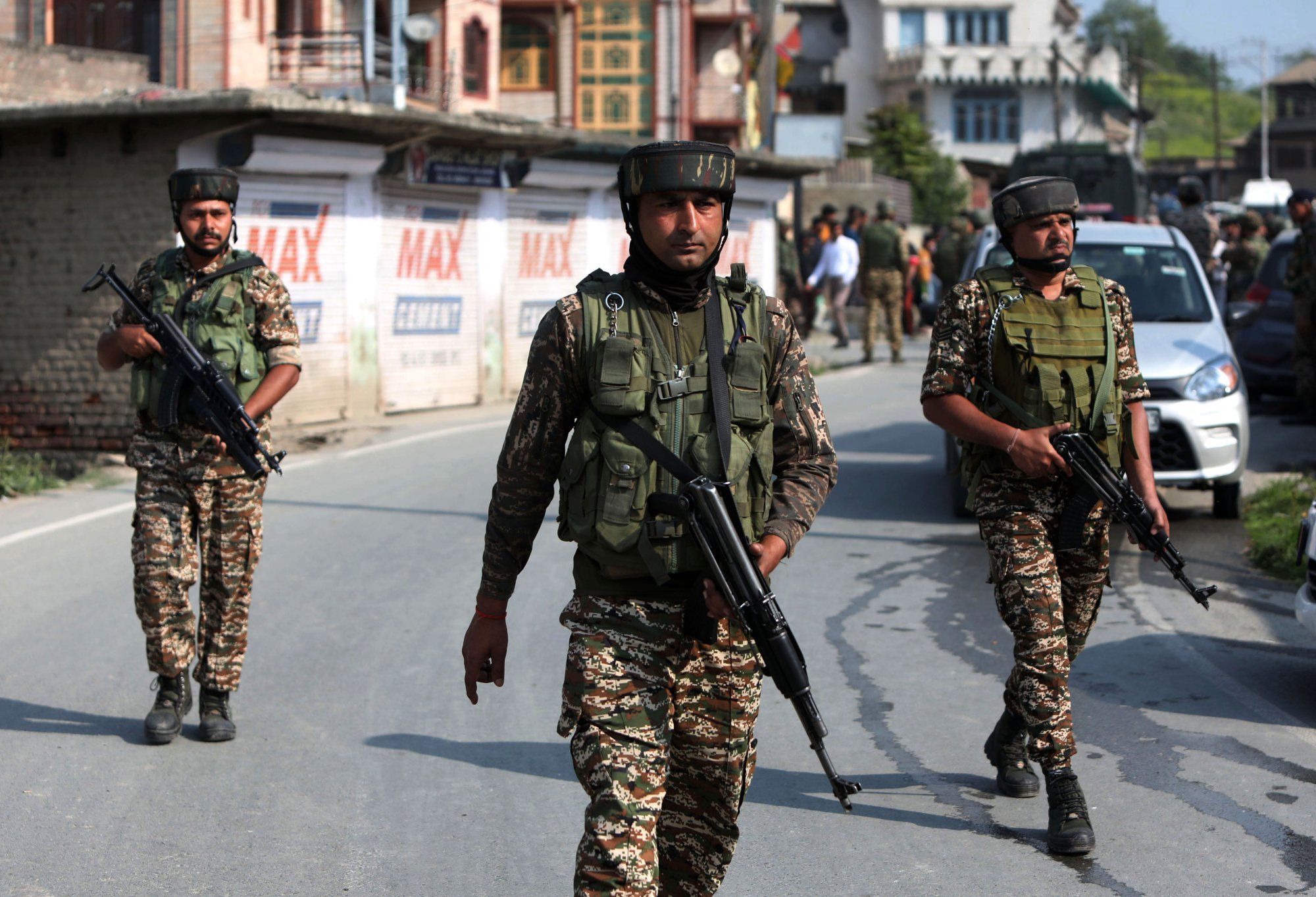No India, no go? Why a new China-led South Asian bloc may falter
China and Pakistan are reportedly leading a push to replace the defunct Saarc with a new bloc without India’s involvement

A fresh push by China and Pakistan to redraw the map of South Asian cooperation risks stumbling at the first hurdle, with analysts saying India remains key to future regional cooperation given its economic heft and crisis management credentials.
According to sources cited in Indian media, discussions between Islamabad and Beijing on a potential replacement for the South Asian Association for Regional Cooperation (Saarc) are at an advanced stage – a move observers interpret as a broader geopolitical play by China to sideline India in its own neighbourhood.
Bangladeshi officials reportedly attended a meeting on June 19 in Kunming, China, about the new bloc, but Dhaka played down any political implications. “We are not forming any alliance,” foreign affairs adviser M. Touhid Hossain was later quoted as saying.
Saarc, formed in 1985 by seven founders including India and later joined by Afghanistan in 2007, has been largely inactive since 2016. A planned summit that year collapsed after India withdrew, citing Pakistan’s alleged support for militants who attacked an army base in Kashmir.
Since then, the group has met only in a limited capacity, according to Swaran Singh, a professor of international relations at New Delhi’s Jawaharlal Nehru University.
“The hiccups remain inherently driven largely by India-Pakistan geopolitics,” he said, adding that any regional grouping excluding Delhi would likely leave Islamabad as the de facto leader.

India’s position in South Asia is unassailable, according to Singh: its population is seven times that of Pakistan, its economy is 12 times larger and its foreign exchange reserves dwarf Pakistan’s by a factor of 45. Its defence budget is also five times the size.
“This should give us enough idea of the future of any South Asian regional cooperation initiatives that seek to keep India out of its formulation,” he said.
Smaller nations in the region like Nepal and Bhutan, meanwhile, depend on access to India to fulfil many of their export needs.
Shantesh Kumar Singh, an associate professor at Jawaharlal Nehru University’s School of International Studies, further highlighted India’s leadership in times of crisis, such as disaster response and vaccine diplomacy during the Covid-19 pandemic, as evidence of its indispensability.
India’s proactive participation was essential for a “balanced regional order” given China’s growing strategic footprint, he said. “India must continue to be a responsible and collaborative leader, fostering trust and inclusive collaboration to avoid external forces from dictating South Asia’s regional architecture and goals.”
Unhandled type: inline-plus-widget {“type”:”inline-plus-widget”}
“Without [India], Saarc’s structural integrity will be significantly undermined,” he added, warning that Delhi’s absence could leave the bloc fragmented and underfunded.
China’s drive to expand its influence in South Asia is rooted in strategic, economic and security interests. Through projects such as the Belt and Road Initiative, Beijing not only seeks to promote regional connectivity but also to secure energy routes and counter India’s rise, analysts say.
But countries such as Sri Lanka, Bhutan and Nepal may hesitate to join any new regional body that excludes India. “While some countries have issues with India, they may not want to be looked at by Delhi as explicitly anti-India,” said Pavan Chaurasia, a research fellow at the India Foundation think tank. He characterised the reported China-Pakistan initiative as “a geopolitical move by China to exert pressure on India” and institutionalise Beijing’s presence in the region.
“India’s neighbouring countries may, at best, use this invitation to join the new organisation as a bargaining chip against India to crack a better deal,” Chaurasia predicted, emphasising the need to accommodate Delhi’s sensitivities.

Indian Prime Minister Narendra Modi invited all Saarc leaders to his first swearing-in ceremony in 2014 and attended that year’s Saarc summit in Kathmandu, where he called for a motor-vehicle agreement to boost connectivity. When Pakistan blocked the deal, India advanced a similar pact with Bangladesh, Bhutan and Nepal the following year.
India also pressed ahead with the South Asia Satellite project in 2017, despite Pakistan’s earlier withdrawal, with the aim of benefiting all other Saarc nations.
In 2020, Modi convened a virtual Saarc summit to address the Covid-19 pandemic, proposing an emergency fund to which India contributed nearly half of the US$22 million total sum.
“These examples illustrate that India had been trying to turn Saarc into a robust regional organisation that could do good for the member nations,” Chaurasia said.
Ties between India and Pakistan have been strained mainly by their long-standing territorial dispute over Kashmir. The conflict has resulted in multiple wars and other clashes, including cross-border terrorism and military stand-offs.

In May, the two nuclear-armed states exchanged their most serious military blows in years, beginning with Indian missile strikes in response to a deadly attack on tourists in Indian-administered Kashmir. Pakistan retaliated with strikes on Indian military bases.
In February, amid calls from Bangladesh’s interim government to revive Saarc, Indian External Affairs Minister S. Jaishankar told Dhaka that it should not “normalise terrorism”.
In recent years, India has increasingly prioritised cooperation within alternative groupings such as Bimstec, or the Bay of Bengal Initiative for Multi-Sectoral Technical and Economic Cooperation, which notably excludes Pakistan.